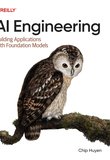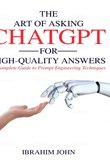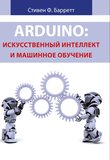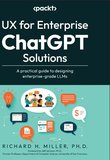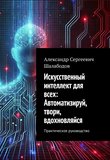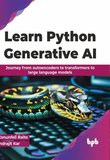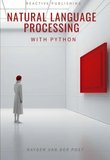-
.NET (.NET Core)
-
1C
-
APL
-
AWK
-
Agda
-
Agile/Scrum
-
Alef
-
Assembler
-
Basic
-
Beta Programming Language
-
Big Data/DataScience
-
C
-
C#
-
C++
-
CSS
-
Cobol
-
Crystal
-
D
-
Dart
-
DataBase (SQL)
-
Delphi
-
F#
-
Flutter
-
Fortran
-
GPT/AI/ИИ
-
GameDev
-
Git
-
Go (Golang)
-
HTML
-
Hacking and Security
-
Haskell
-
Java
-
JavaScript (JS)
-
Julia
-
Kotlin
-
Machine Learning (ML)
-
Natural language processing (NLP)
-
PHP
-
Pascal
-
Python
-
R
-
Ruby
-
Rust
-
Scratch
-
Swift
-
UML
-
UX/UI
-
Visual Basic
-
Wolfram
-
XML
-
АСУ
-
Проектирование/System Design
-
Сети/Network
-
Схемотехника/электронные схемы
-
.NET (.NET Core)
-
1C
-
APL
-
AWK
-
Agda
-
Agile/Scrum
-
Alef
-
Assembler
-
Basic
-
Beta Programming Language
-
Big Data/DataScience
-
C
-
C#
-
C++
-
CSS
-
Cobol
-
Crystal
-
D
-
Dart
-
DataBase (SQL)
-
Delphi
-
F#
-
Flutter
-
Fortran
-
GPT/AI/ИИ
-
GameDev
-
Git
-
Go (Golang)
-
HTML
-
Hacking and Security
-
Haskell
-
Java
-
JavaScript (JS)
-
Julia
-
Kotlin
-
Machine Learning (ML)
-
Natural language processing (NLP)
-
PHP
-
Pascal
-
Python
-
R
-
Ruby
-
Rust
-
Scratch
-
Swift
-
UML
-
UX/UI
-
Visual Basic
-
Wolfram
-
XML
-
АСУ
-
Проектирование/System Design
-
Сети/Network
-
Схемотехника/электронные схемы
Меню
Prompt Engineering for LLMs: The Art and Science of Building Large Language Model–Based Applications
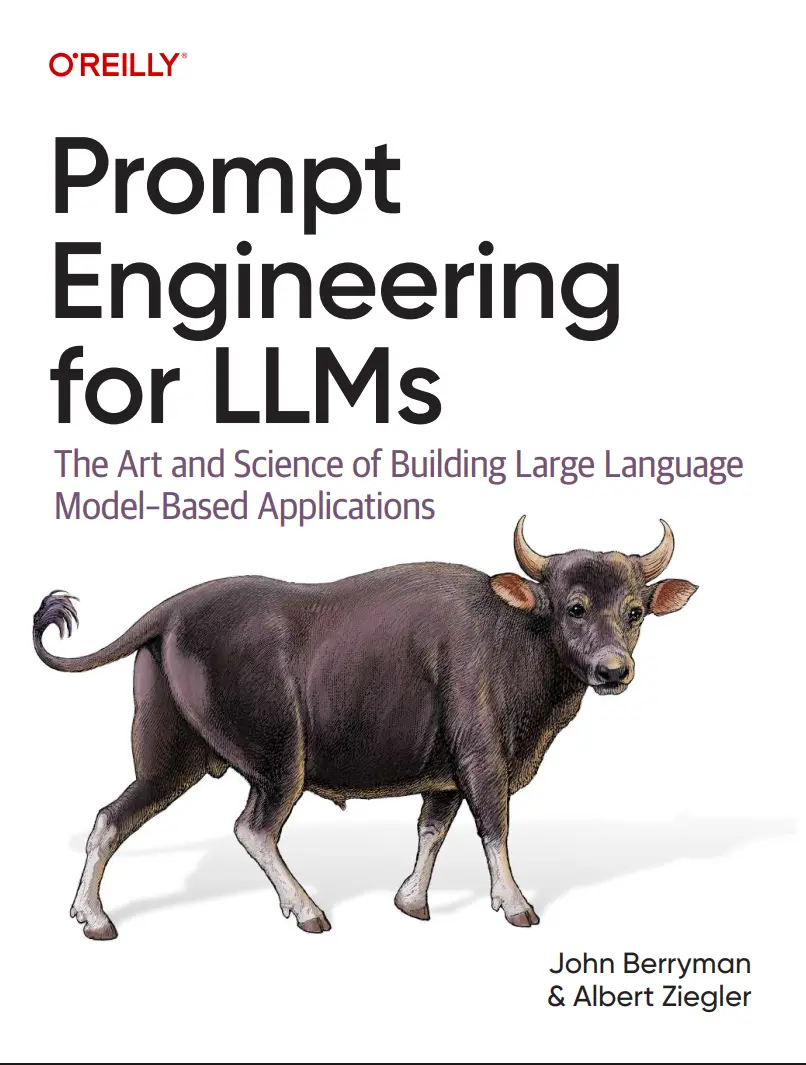
Автор: Berryman John, Ziegler Albert
Дата выхода: 2025
Издательство: O’Reilly Media, Inc.
Количество страниц: 282
Размер файла: 3,6 МБ
Тип файла: PDF
Добавил: codelibs
Copyright
Table of Contents
Preface
Who Is This Book For?
What You Will Learn
Conventions Used in This Book
O’Reilly Online Learning
How to Contact Us
Acknowledgments
From John
From Albert
Part I. Foundations
Chapter 1. Introduction to Prompt Engineering
LLMs Are Magic
Language Models: How Did We Get Here?
Early Language Models
GPT Enters the Scene
Prompt Engineering
Conclusion
Chapter 2. Understanding LLMs
What Are LLMs?
Completing a Document
Human Thought Versus LLM Processing
Hallucinations
How LLMs See the World
Difference 1: LLMs Use Deterministic Tokenizers
Difference 2: LLMs Can’t Slow Down and Examine Letters
Difference 3: LLMs See Text Differently
Counting Tokens
One Token at a Time
Auto-Regressive Models
Patterns and Repetitions
Temperature and Probabilities
The Transformer Architecture
Conclusion
Chapter 3. Moving to Chat
Reinforcement Learning from Human Feedback
The Process of Building an RLHF Model
Keeping LLMs Honest
Avoiding Idiosyncratic Behavior
RLHF Packs a Lot of Bang for the Buck
Beware of the Alignment Tax
Moving from Instruct to Chat
Instruct Models
Chat Models
The Changing API
Chat Completion API
Comparing Chat with Completion
Moving Beyond Chat to Tools
Prompt Engineering as Playwriting
Conclusion
Chapter 4. Designing LLM Applications
The Anatomy of the Loop
The User’s Problem
Converting the User’s Problem to the Model Domain
Using the LLM to Complete the Prompt
Transforming Back to User Domain
Zooming In to the Feedforward Pass
Building the Basic Feedforward Pass
Exploring the Complexity of the Loop
Evaluating LLM Application Quality
Offline Evaluation
Online Evaluation
Conclusion
Part II. Core Techniques
Chapter 5. Prompt Content
Sources of Content
Static Content
Clarifying Your Question
Few-Shot Prompting
Dynamic Content
Finding Dynamic Context
Retrieval-Augmented Generation
Summarization
Conclusion
Chapter 6. Assembling the Prompt
Anatomy of the Ideal Prompt
What Kind of Document?
The Advice Conversation
The Analytic Report
The Structured Document
Formatting Snippets
More on Inertness
Formatting Few-Shot Examples
Elastic Snippets
Relationships Among Prompt Elements
Position
Importance
Dependency
Putting It All Together
Conclusion
Chapter 7. Taming the Model
Anatomy of the Ideal Completion
The Preamble
Recognizable Start and End
Postscript
Beyond the Text: Logprobs
How Good Is the Completion?
LLMs for Classification
Critical Points in the Prompt
Choosing the Model
Conclusion
Part III. An Expert of the Craft
Chapter 8. Conversational Agency
Tool Usage
LLMs Trained for Tool Usage
Guidelines for Tool Definitions
Reasoning
Chain of Thought
ReAct: Iterative Reasoning and Action
Beyond ReAct
Context for Task-Based Interactions
Sources for Context
Selecting and Organizing Context
Building a Conversational Agent
Managing Conversations
User Experience
Conclusion
Chapter 9. LLM Workflows
Would a Conversational Agent Suffice?
Basic LLM Workflows
Tasks
Assembling the Workflow
Example Workflow: Shopify Plug-in Marketing
Advanced LLM Workflows
Allowing an LLM Agent to Drive the Workflow
Stateful Task Agents
Roles and Delegation
Conclusion
Chapter 10. Evaluating LLM Applications
What Are We Even Testing?
Offline Evaluation
Example Suites
Finding Samples
Evaluating Solutions
SOMA Assessment
Online Evaluation
A/B Testing
Metrics
Conclusion
Chapter 11. Looking Ahead
Multimodality
User Experience and User Interface
Intelligence
Conclusion
Index
About the Authors
Colophon
Large language models (LLMs) are revolutionizing the world, promising to automate tasks and solve complex problems. A new generation of software applications are using these models as building blocks to unlock new potential in almost every domain, but reliably accessing these capabilities requires new skills. This book will teach you the art and science of prompt engineering-the key to unlocking the true potential of LLMs.
Industry experts John Berryman and Albert Ziegler share how to communicate effectively with AI, transforming your ideas into a language model-friendly format. By learning both the philosophical foundation and practical techniques, you'll be equipped with the knowledge and confidence to build the next generation of LLM-powered applications.
- Understand LLM architecture and learn how to best interact with it
- Design a complete prompt-crafting strategy for an application
- Gather, triage, and present context elements to make an efficient prompt
- Master specific prompt-crafting techniques like few-shot learning, chain-of-thought prompting, and RAG
